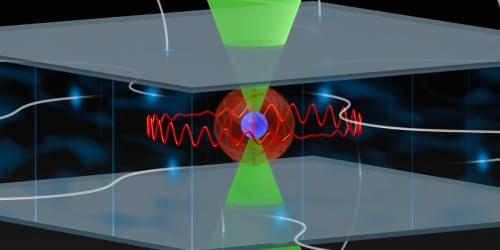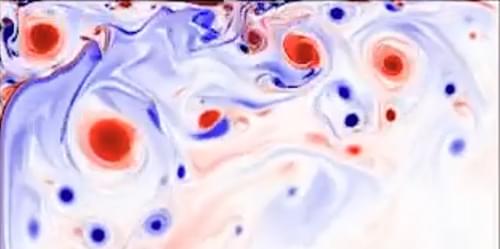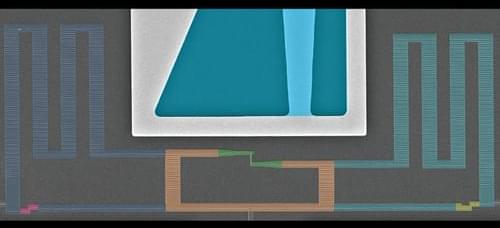Researchers record the longest Rydberg-atom lifetime by placing strontium atoms in “circular” states, where the outer electrons move in planet-like orbits.




DARPA just tested an autonomous tank that could help keep soldiers safe — and even more self-driving military vehicles are on the horizon. If autonomous vehicles prove capable enough for the battlefield, the tech could someday start finding its way over to civilian uses, too.
The challenge: Tanks have played an important role in the US military for more than 100 years, thanks to their tremendous firepower and armor, but every time the Army puts a soldier into a tank and sends them into combat, it’s putting their life at risk.
Even if the tank is never attacked by an enemy, there’s some evidence that simply firing a tank can cause brain damage for the operators inside, potentially leading to problems with cognition and mental health.
Tesla is revolutionizing the AI training compute power with the new Dojo super chips, which will be 40 times more powerful and will significantly advance artificial intelligence technology Questions to inspire discussion What is the new Dojo super chip? —The Dojo super chip is a new AI training compute power developed by Tesla, which is 40 times more powerful than current technology.

TURKU, Finland — Beam me up, Scotty! In a study that seems straight out of a “Star Trek” episode, an international team of researchers has achieved a remarkable feat in the realm of quantum teleportation. They have successfully conducted near-perfect quantum teleportation despite the presence of noise that typically disrupts the transfer of quantum states.
Quantum teleportation is a process in which the state of a quantum particle, or qubit, is transferred from one location to another without physically sending the particle itself. This transfer requires quantum resources, such as entanglement between an additional pair of qubits.
Imagine you have a secret message written on a piece of paper. You want to send this message to someone far away without anyone else seeing it. In quantum teleportation, instead of physically sending the paper, you would make an exact copy of the message at the other location while the original message gets destroyed. This requires some special resources like entanglement, which is like a mysterious connection between two qubits.

It strikes me as contradictory that the scientific community will say that we don’t know what dark matter is, but be happy to state things like “dark matter makes up about 85% of the cosmos” (source: phys.org)
Is there something wrong with the way I’m thinking about this? If MOND is correct for example, which seems to be a possibility still, wouldn’t this mean that the statement about dark matter making up a certain percentage of the universe be false?



Brains and neuromorphic systems learn with local learning rules in online-continual learning scenarios. Designing neural networks that learn effectively under these conditions is challenging. The authors introduce a neural network that implements an effective, principled approach to local, online-continual learning on associative memory tasks.